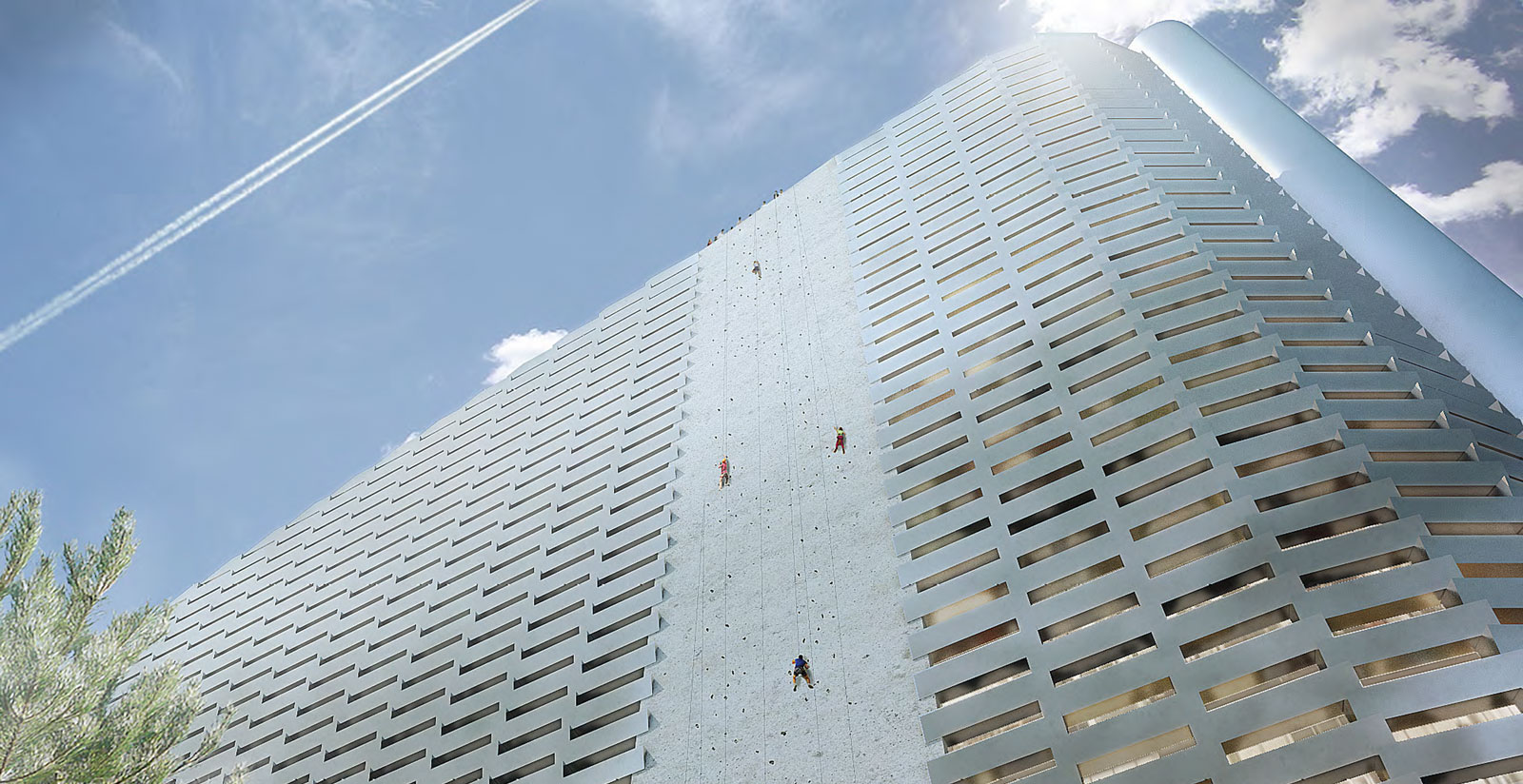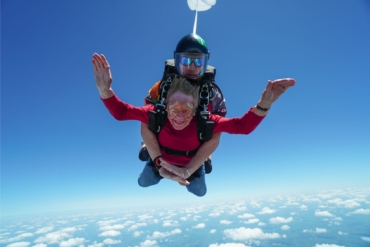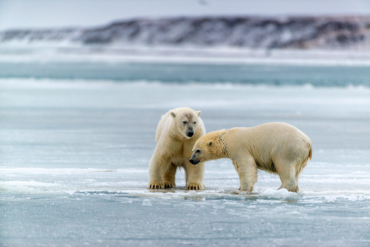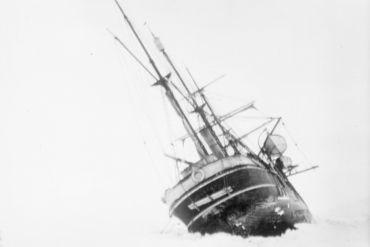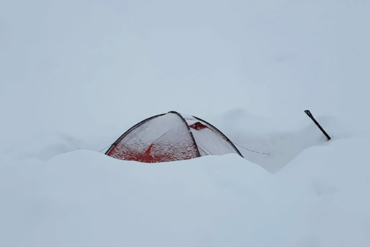We interviewed a few prominent teams taking part in the latest edition of Eco-Challenge, the expedition adventure held in Fiji. Here’s the gear that helped them through the ‘world’s toughest race.’
“The jungle is trying to eat you. You’re going to be wet and cold.” Racing in the Eco-Challenge is no walk in the park. And to keep you and your team afloat, it requires a lot of gear.
Unlike expedition races of the past, this year’s Eco-Challenge race made things more egalitarian by providing each team with a gear stipend. That means there was no need for teams to self-fund or rely on sponsors for equipment. That expense often presents an insurmountable hurdle and — along with travel and entry fees — has become an Achilles heel for the sport.
Never heard of the race series? Here’s what you need to know. In Eco-Challenge, teams race nonstop: navigating together on foot, mountain bike, raft, outrigger, canyoneering, and climbing to cover more than 417 miles of terrain and sea. You can see the teams put their gear to the test on Amazon Prime Video in the 10-episode series.
In this first installment of our Eco-Challenge gear stories, we asked four team members about their “strategic gear choices.” If you aren’t familiar with the Eco-Challenge teams, consider reading their bios here first.
Read on for their stories.
Josiah Middaugh: Team Out There
Gear was a very important part of this race, and the key was traveling light. Transporting large quantities of water, if it is not necessary, is the most inefficient way to travel.
Since Fiji has plentiful amounts of water, we rarely needed more than one water bottle per person (the exception being our ocean segments). We crossed streams regularly, and for long stretches of racing, the actual river bed was the best route.
The key to this strategy was our water drops. We used XiniX AquaCare drops, which was the quickest way to sterilize fresh water. Just a few drops to a water bottle, and we were on our way.
One thing that didn’t help was that dang machete I carried in my pack for the entire race, but I heard some teams actually used it, so bonus points for them.
Team Out There: Eco-Challenge Gear Picks
For an expedition adventure race like Eco-Challenge, your backpack is your most important piece of equipment. We used the OutThere AS-3 30L pack, designed by Mike Kloser [one of the most decorated adventure racers of all time].
The bonus is that Mike Kloser was our team captain, so he gave us extra-great insight on each feature of the pack. The external storage was also key so we were not taking off our packs to access food and gear. The pack was comfortable and held up incredibly well. BioLite headlamps: In Fiji, there are 12 hours of darkness and 9 hours of complete dark, so lights are key. Our headlamps were BioLite 330 headlamps.
BioLite headlamps: In Fiji, there are 12 hours of darkness and 9 hours of complete dark, so lights are key. Our headlamps were BioLite 330 headlamps.
They have several power-saving modes so we could make it through the 12 hours of dark, and the accompanying Charge 10 power packs can also provide charge while in use. For this race, everything also needed to have some degree of water resistance, which these do.
Joystick MK13 Exposure lights: These 1,000-lumen lights were key for our nighttime mountain bike rides. We set them up as helmet-mounted and also had a mount for a battery pack.
Synergy neoprene tops: We had a special custom order for 2mm neoprene tops specifically for one stage of the race. When teammates Mike and Neil raced in Fiji in 2002, they recalled a particular stage where they were wading and swimming above a waterfall and hypothermia was an issue.
Let’s just say we might not have made it through without the neoprene top. This was not a mandatory piece of gear — an adventure racing saying is “race light, freeze at night” — but we knew it was worth carrying the extra weight.

Sportslick. Preventing blisters and chafing was critical, and the Sportslick has both antifungal and antibacterial ingredients. But mainly it is long-lasting waterproof chafe protection with the combo of Petrolatum and silicone.
Nathan Fa’avae: Team NZ
I couldn’t say there was any one item of gear that stood out in my mind that made a significant difference. It’s all important.
Our team has collectively spent so much time on adventures that we are good at knowing what gear we’ll need for a race and the conditions we can expect to encounter.
We always make sure that the gear we take into a major event like Eco-Challenge is well-maintained and reliable. This includes mountain bikes, paddles, packs, clothing, and equipment.
I had raced in Fiji and knew it could get very cold in the mountains at night. When you think of Fiji, you picture golden beaches, warm water. But at night, if you are in rivers and lakes, it can be very cold. We took extra gear into the mountains in preparation for that, and it was valuable.
Our team mainly uses freeze-dried food for racing that are ultralight and energy-dense. I own part of a freeze-dried meal company in New Zealand, so I can get custom dry products. In Fiji we had freeze-dried sushi, mango smoothies, and fruit salads, as well as regular dried meals.
Looking back, we should have carried more repair gear for the outriggers. That said, it was hard to plan ahead for many things at Eco-Challenge, as we were given minimal information beforehand.
Team NZ: Eco-Challenge Gear Picks
Having good outrigger paddles is key, especially a steering blade. Our team had to navigate through a storm at sea, and having the right paddles was essential.
XiniX water drops: These were vital in preparing treated clean water instantly.
Absolute Wilderness freeze-dried meals: We chose these because they offer a full range of nutrition that’s super light to carry.
Ready Set Go anti-chafe: This New Zealand product is a barrier cream to prevent chafing, but it’s also antifungal and antibacterial. We credit that product to our lack of foot issues, chafing, or infections.
Sonja Wieck: Team Iron Cowboy
We knew this race would involve a lot of water and long-distance paddling. Since I’m the only one on our team who lives near the ocean, I got into an outrigger club to start practicing. (The rest of our team hails from landlocked Utah.)
I had a hunch that if I chose the right paddles, they’d be fine in the open ocean. So I selected the Kialoa Nehu Double Bend Hybrid Paddle for the guys, thinking it would be light enough to allow the guys to keep a strong cadence for a long amount of time, while still having the strength to propel a large boat.
The guys had a grand total of 4 hours of practice in an outrigger boat before the race. By the end of the race, they were all very attached to their outrigger paddles. I think we performed quite a bit better in the paddling sections than our experience predicted because we had such great gear.
As far as having the freedom and budget to buy what might be best, that was both a plus and a minus. For our team, we were all new at this, and we had to select pieces of gear knowing very little about how they’d perform. The amount of research we had to do was endless and exhausting.
But we worked really hard as a team on our choices before the race to get the same gear for all of us. Our team had identical bike setups, helmets, glasses, paddles, climbing gear, clothing, illumination, and packs. We were turned on to new brands through the process, like NRS and Black Diamond, that we now love.
Team Iron: Eco-Challenge Gear Picks
This may seem minor, but one of my favorite pieces of gear was the Hydrapak Stash 25-ounce collapsible water bottle. You wouldn’t believe how many times we were not exactly attached to our backpacks, whether whitewater rafting or on horseback or bilibili. These bottles could scoop and treat our water very quickly and efficiently on the go. They were a lifesaver.
Halfway through the race, I realized I did not have enough socks, and Sylvia from Team Sundance gave me five pairs of Drymax socks. They were the most amazing thing I have ever worn.
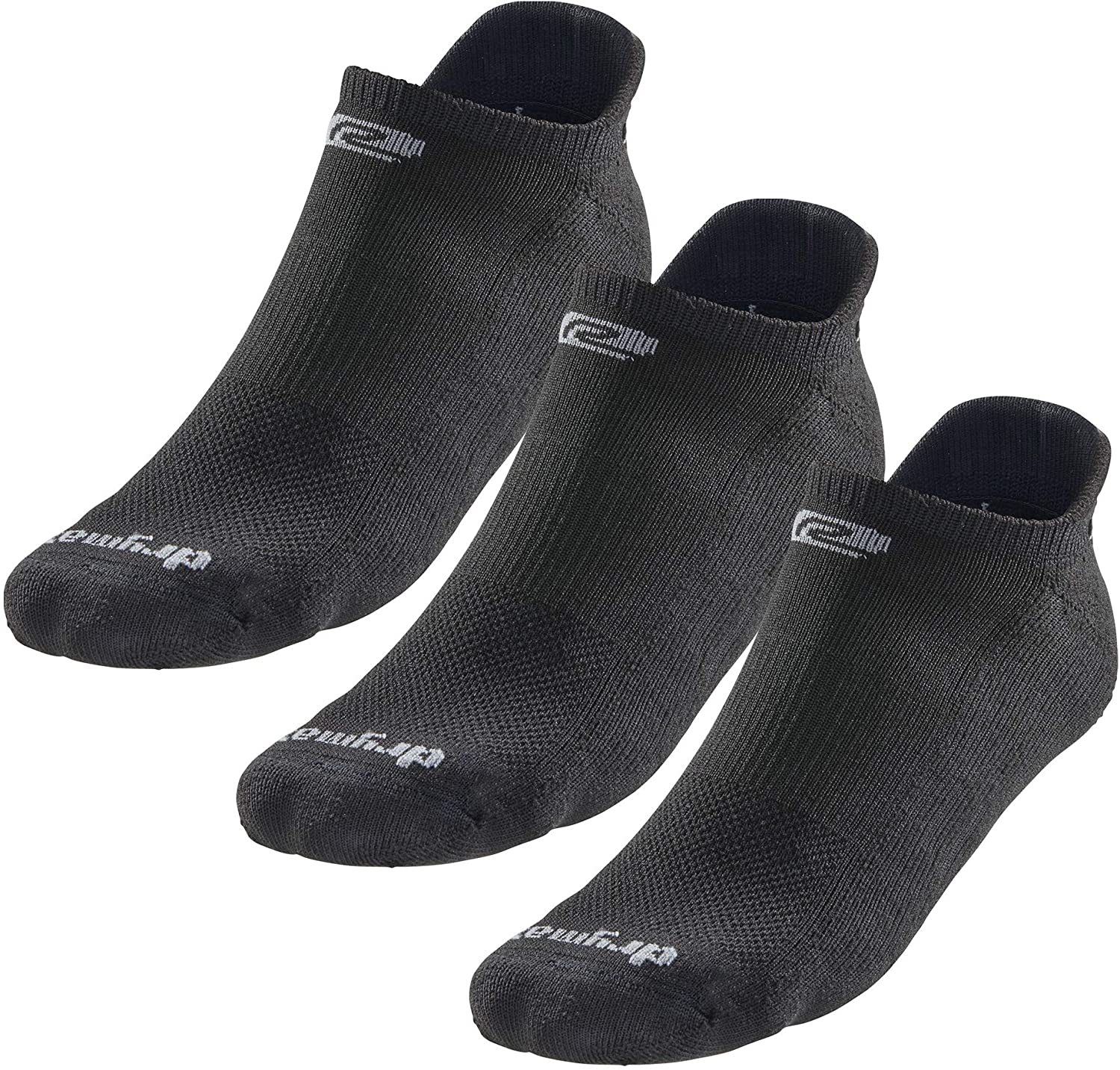
We were lucky that throughout the race when teams couldn’t continue on, they would share their gear and food. One team gave us a big box of Split Nutrition, which is like a peanut butter and jelly sandwich in a gel packet. I hoarded those packets of tasty goodness. They were my favorite nutrition on the course, except for the food Fijian families prepared for us along the way.
Wound care is really important in Fiji. The jungle is trying to eat you, and you’re exposed to a lot of bacteria in the water from wading. In a race like this, wounds have plenty of time to get infected. Shaun took the end of his toe off on Day 2 of the race, and we had to keep that toe clean and healthy the rest of the race.
We used a lot of Tegaderm and Leukotape to wrap wounds, and liquid spray we got from Mike Kloser (captain of Team Out There) to sanitize wounds. Having lots of options to treat things was helpful.
Lastly is a piece of gear that we didn’t have but I would have killed for: a high-quality map case for my bike. We tried to create one before the race and thought it worked, but it came loose 100 times.
There is nothing like bombing down a huge hill on your MTB in the middle of the jungle in the dead of night with a busted map case bouncing all over your handlebars. Whenever we saw a team that had their map case securely attached to their bike, I was jealous.

Travis Macy: Team Endure
We knew from the start that my dad’s Alzheimer’s would present challenges. So our most important “gear” was probably a mindset of flexibility and resilience. This led to the real gear choice of a small and light alcohol stove, which I carried the entire race.
I would not carry a stove and pot if racing for the podium. But since we wanted to stop to sleep for at least 6 hours every night, the stove was essential. We knew my dad might have some disorientation, and we hoped hot dinners and breakfasts would help facilitate a sense of normalcy — which they did.
Most of the race was fairly comfortable climate-wise, but it was really cold and wet in the high jungles. I would not enter those canyoneering sections without a lot of neoprene.
Also, I bought some sunscreen locally just before the race. It was basically a clay paste, and we all used it every day. This thick concoction stayed on all day — and made us look like we were wearing war paint.
Team Endure: Eco-Challenge Gear Picks
Lightweight, waterproof CAMP rain jacket and pants: We ended up wearing the jacket and pants against bare skin because the mesh football jerseys got pretty nasty.
Adventure racing backpacks made by OutThere USA: These had great pockets and access, and they held up well.
Reusable space blanket bags: We sought out good, dry sleeping places every night, and the same bags held up the entire race.
We relied heavily on the locals for food, lodging, guiding (when specifically allowed), and, of course, inspiration. The Fijian people and culture are incredible: welcoming, enthusiastic, positive, and generous.
This is part one of three in our Eco-Challenge gear series. Look for part two in the series early next week.


